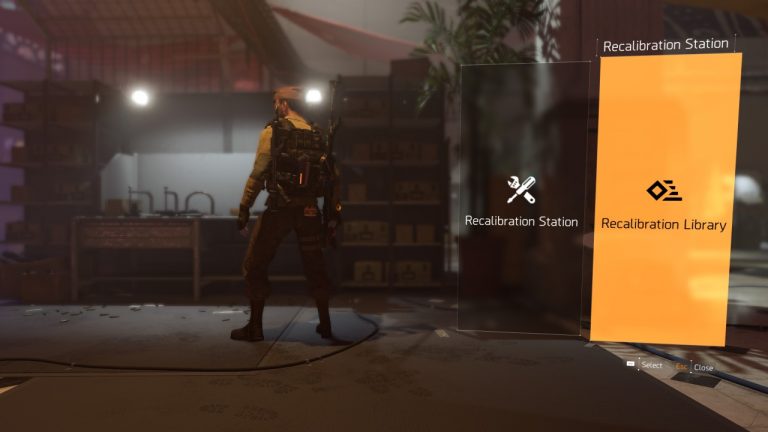

Am I paying too high a price? And should I be more patient before adding to that particular quadrant, if you will. I want to be careful in terms of the value proposition. So you make money based on what you pay for an asset.Īnd so again, just as a young investor comes to the market and says, where do I start and where am I going? I think-conceiving of those four or five buckets, if you have the entrepreneurial bent as well for that fifth aspect-you look and you say, “Okay, I’m willing to do this, and now I have to make sure I can check the value box.” It’s not just a question of $4 saved equals $1 in each bucket. I’m less inclined to own a product that does it, and more inclined to operate through the decades with the idea that all four segments should be owned, not necessarily in proportion, and that purchases should be made when the price is right. You may invest in your own business opportunistically. You maintain reserves in the form of short-term government bonds or other cash equivalents when there’s nothing that is of value. You add to precious metals opportunistically. And so over a course of 20, 30, 40 years of saving and investing, how do you operate and how do you guide your decisions? So you add to real estate opportunistically, you add to stocks and bonds opportunistically. So not a financial product as Browne conceived of it, but rather a set of guideposts. Oftentimes when I’m discussing wealth accumulation with a young client, I discuss four or five buckets to allocate to, and it’s really throughout a lifetime. You might be talking about Japanese bonds and Japanese stocks as an alternative. So you just have to shift, instead of talking about US treasuries, US growth, stocks, et cetera, et cetera. It’s an all-weather approach and I think it does apply. And I think the studies on Browne’s four times the 25% allocation, they do work in other geographies, even though the original concept was for a US investor.
#The division 2 recalibration guide how to
The lesson learned is-if I can sort of introduce my own language-the lesson learned is in how to fill those buckets in a balance over a lifetime. I like how those assets play off of each other. You’ve got 25% in Treasurys, 25% in growth stocks, 25% in precious metals or other commodities but predominantly precious metals, and then 25% in real estate. What I like is the balance between assets and the, permanent portfolio theory basically divides you into four categories. Kind regards, David”ĭavid: Well, thank you, David. Could you also touch on this: if this allocation is suitable for both your USA and your offshore clients? Wishing you all the best for Christmas and New Year. “Thanks for your interesting program, for the end of the year Q&A, I was wondering if the old, ‘Permanent portfolio’ in allocation proposed by the late Harry Browne is still applicable today. So let me read the question and then, I’d like to hear your answer coming from the McAlvany family who all of these years has been looking top down on portfolio distribution. We’ve had a chance to actually see this work. This first question, Dave, I had to smile because there’s family history in this for 35 years, I’ve been drawing triangles with people and recommending a particular allocation, but what it really, in a way it resembles something called Harry Browne’s permanent portfolio. Again, thank you listeners for sending such great questions in.

Well, week two of the question and answer program. Now, I’m Kevin Orrick, along with David McAlvany.

Kevin: Welcome to the McAlvany Weekly Commentary. That’s the story of the last 4, – or 5,000 years.” - David McAlvany I think we see development and we see uncomfortable points in history, but we also see adaptation. It’s a constant struggle to see who’s directing history and so in that sense, I’m neither a pessimist, an optimist. The problem is, other people have ideas of betterment at a more granular level. “Today’s philosopher king may be Klaus Schwab from the World Economic Forum, or some other idealist with a vision for global betterment.


 0 kommentar(er)
0 kommentar(er)
